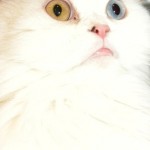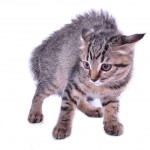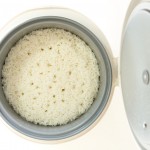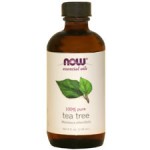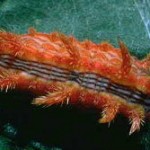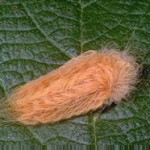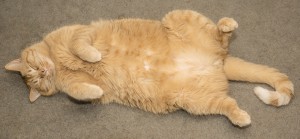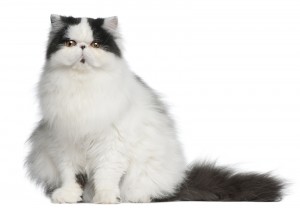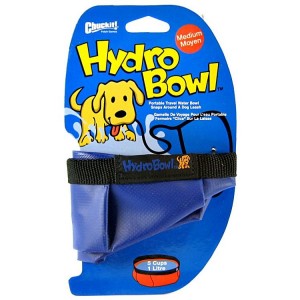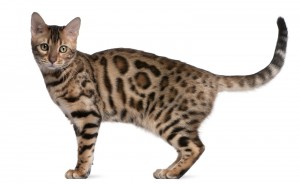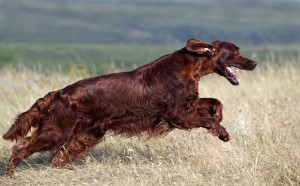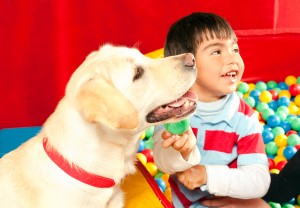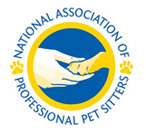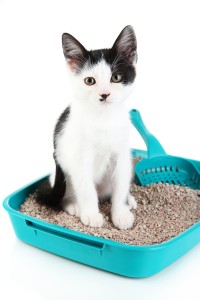 What is that smell? Where did all that dust come from? If you are a kitty owner, then the dilemma of WHERE to put the cat box and WHAT litter to put in it is a constant battle! Clay litter has been around since the 1940’s and“Clay is still a great absorber, and cheap as dirt (well, clay), too, but it’s more environmentally unfriendly, since you have to dump out the whole litter box once it’s full (in other words, once a week)” -Dr. Justine Lee.
What is that smell? Where did all that dust come from? If you are a kitty owner, then the dilemma of WHERE to put the cat box and WHAT litter to put in it is a constant battle! Clay litter has been around since the 1940’s and“Clay is still a great absorber, and cheap as dirt (well, clay), too, but it’s more environmentally unfriendly, since you have to dump out the whole litter box once it’s full (in other words, once a week)” -Dr. Justine Lee.
Scoopable litter came about in 1996: “I hunted around and found clays that were dried but not baked. They were very absorbent and would form a clump when the cat urinated on them. The clump could then be removed, thereby getting rid of the urine. I had a box of litter I did not change in 10 years—I just added more—and it had absolutely no odor at all.” -Dr. Nelson, Cat Fancy Magazine.
Below are six different products with their pros and cons. After sifting through many boards and reviews, I found that layering a couple of the litters may be the perfect solution since no one product does it all!
1. Simply Pine 20 lb. $12.00
northeastern white pine pellets from 100% pure
Pros:
No dust and no tracking
Chemical free, additive free
Cons
Allergic reaction to pine
Lets litter pool in bottom of cat litter pan
2. Fresh News Cat Litter 25 lb $15.00
Recycled paper with baking soda added
No dust and no tracking
More volume and 3x more absorbent than clay
Pros:
100 % recycled paper
Can be composted and used as soil amendment or mulch
100% nonallergenic
Cons:
Lets litter pool in bottom of cat litter pan
Strong pee odor persists
3. World’s Best Cat Litter 28 lb $29.00
Clumping Litter
Pros:
corn-based litter that is both flushable and biodegradable
Neutralizes cat urine with no artificial odor
Cons:
Doesn’t hide smell of urine very well (they now make a pricier scented version)
4. Litter Purrfect 30 lb $7.00
Clay based
Pros:
GREAT at absorbing odor with it’s Lemongrass Essence
Clumps well for easy disposal
Dust Free
Cons:
Large clay pieces that some cats don’t like and may not dig in it to cover their deposits
5. Cat Attract 20 lb. $22.00
Herbal scent, ideal texture and particle size
Clay litter
Pros:
100% Biodegradable
Hard Clumping
Dust free
Cons:
Sticks to cat paws and gets tracked around house
Long-haired cats can get clumps on their backside
Concerns that bentonite clays will “set-up” in a cat’s stomach (un-founded according to numerous vet sites)
6. Scoop Away Multi-cat 20 lb $25.00
Pros:
Virtually masks all scent of pee
Good for multiple-cat owners
Easy cleanup clumps stay together
Litter lasts a long time
Cons:
Dusty
Composed of clay, natural but nonbiodegrable
What are your comments? How many litter boxes do you have?

